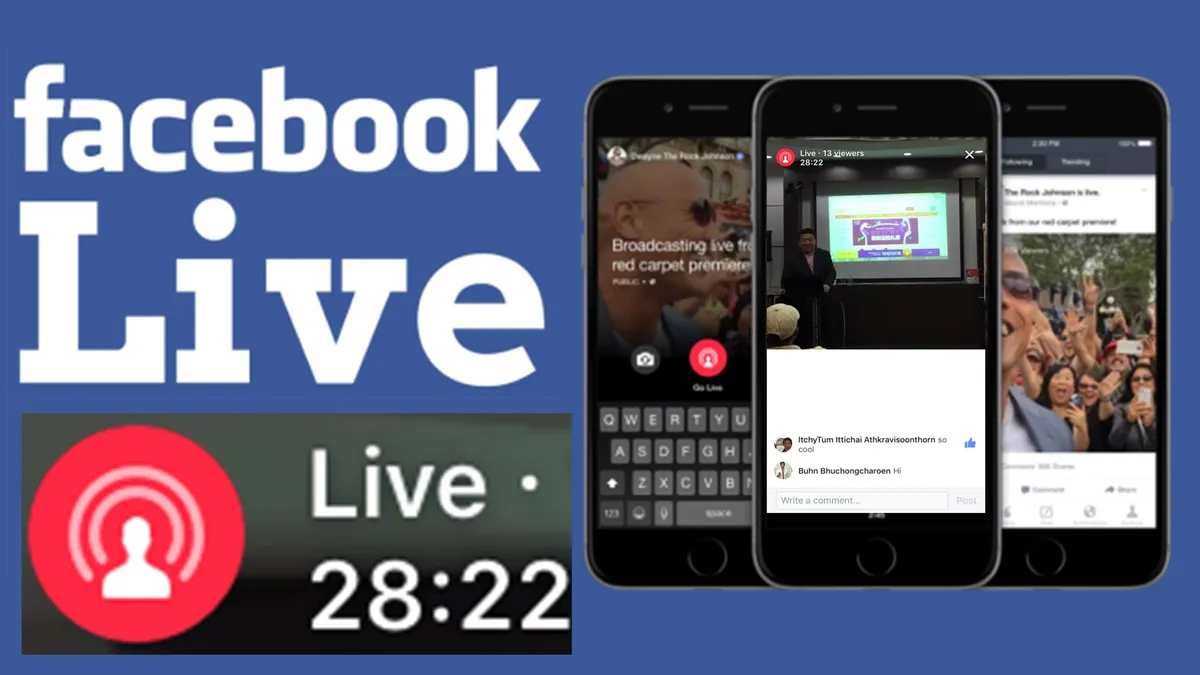Dive Brief:
- Steve Gottlieb, author of Interactive Video Platforms Are The Future Of Online Learning, advises that asynchronous learning, which is most often facilitated by traditional course-based modules delivered in one particular order with little interaction from peers or instructors, disconnects learners from meaningful social interactions that help improve learning in a more collaborative environment.
- Adam Garvarkovs, the Learning Product Coordinator at InVizzen Inc., and Research Assistant at Lawson Health Research Institute, writes at eLearning Industry, “technology is increasingly mediating our social interactions. To date we have not adopted a really good way of facilitating interaction in the context of eLearning experiences.”
- Gavarkovs sheds light on the use of a readily available social tool – Facebook Live, a video conferencing tool, which easily allows for face-to-face collaboration between instructors and learners.
Dive Insight:
Gavarkovs points out that there are many ‘non-learning’ aspects to eLearning that are lost entirely when the social collaborative aspect is missing. He says, “Facebook Live enables users to capture these moments through a highly interactive video platform. “Users are able to share their favorite videos, rate them using the Facebook ‘LIKE’ button, and post comments in real time. This mimics a classroom experience, but can be accessed from any mobile device anywhere in the world. It's perfect for fostering remote workforce training too.
His five best practices for using Facebook Live include (1) encouraging interactivity, (2) increasing ubiquity, (3) driving social media activity, (4) getting users to subscribe for future sessions, and (5) making video feeds available to students to lean on their own if they happen to miss the live sessions.
According to most recent figures, there are 1.5 billion users of Facebook, so with the introduction of Facebook Live, it outranks YouTube with it’s 1 billion users.











